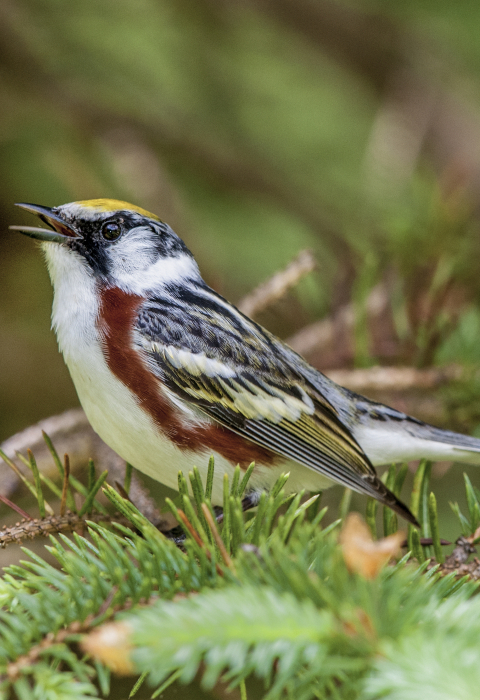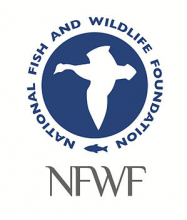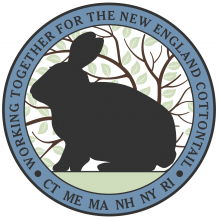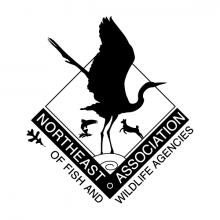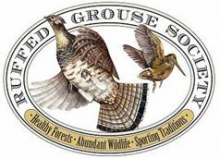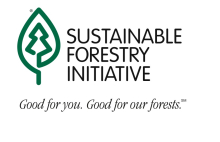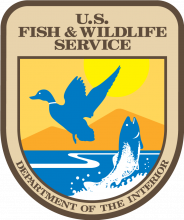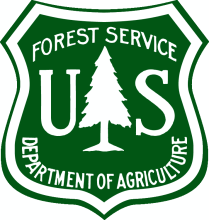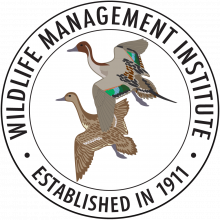A Wide Range of Partners
Partners in the Young Forest Initiative work to help more than 60 Species of Greatest Conservation Need, as well as northeastern wildlife in general. Partners include federal and state natural resource agencies, land trusts, conservation organizations, towns and counties, zoos, universities, timber companies, and private landowners.
Using science-based wildlife monitoring and land management techniques, partners work to create the right amount of young forest in the right places to ensure healthy populations of birds, mammals, pollinators, and other wild animals, both now and into the future.

